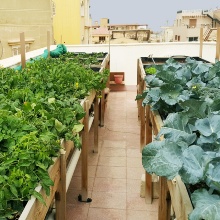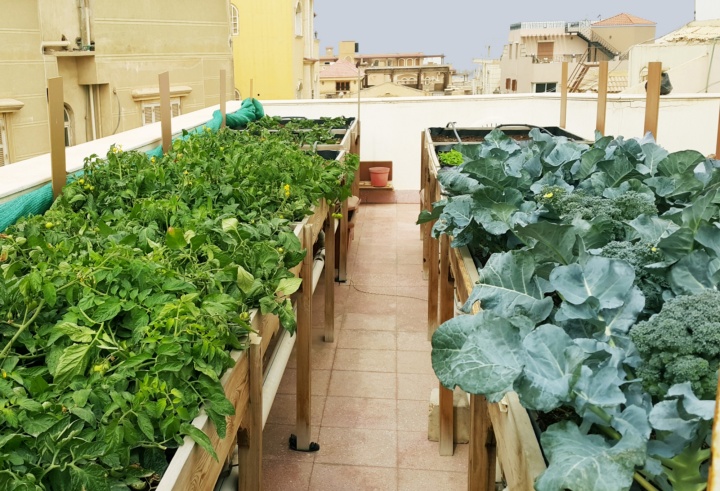An original article written by members of the ILPÖ team has been published in Frontiers in Environmental Science.
Globally, with the extensive urbanization trends, the building sector is becoming one of the most resource-intensive industries. To compensate for these consumption patterns, building envelopes can become productive in terms of greening and energy production. This encompasses the implementation of productive building systems that include (a) greening systems such as building-integrated vegetation and agriculture systems and (b) solar energy systems such as building-applied and integrated photovoltaics.
In this article, we undergo a comprehensive analysis of the two systems’ classifications, benefits, challenges, and implementation aspects based on a thorough assessment of 121 studies and 20 reports addressing them. This is coupled with a contextual analysis focused on the case of Egypt using questionnaires (n = 35) and semi-structured interviews (n = 13) with local experts and suppliers. Results showed that a large variety of systems is studied in literature and exists in the local market. Among the most purchased productive building systems in the Egyptian market, according to experts, are hydroponics (selected by 75% of respondents), planter boxes/pots (50%), roof-mounted photovoltaic panels (95%), and solar water heaters (55%). The main benefits of greening and solar energy systems are identified as enjoying the greenery view (95%) and reducing energy expenses (100%), respectively. The high initial cost was considered the main barrier for both systems (80% and 94% for the greening and solar systems respectively). Multiple commonalities between the two systems in terms of spatial and environmental applicability aspects (e.g., accessibility and safety, net useable area, sun exposure, wind exposure) and environmental performance aspects (e.g., energy demand and emissions reduction, heat flow reduction) were identified. Lastly, the article highlighted the importance of analyzing integrated solutions that make use of the identified synergies between the systems and maximize the production potentials.
Link to the original article Marzouk MA, Salheen MA and Fischer LK (2022), Functionalizing building envelopes for greening and solar energy: Between the theory and the practice in Egypt. Frontiers in Environmental Science. 10.



